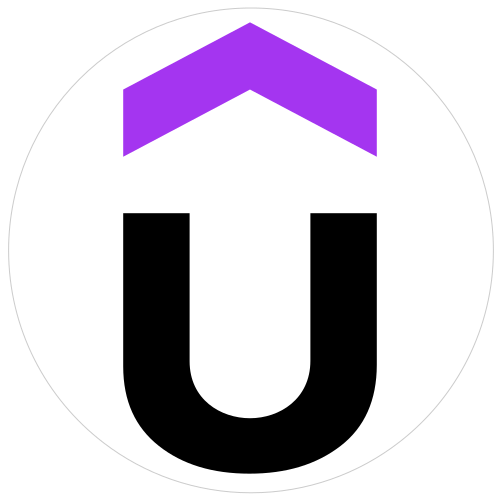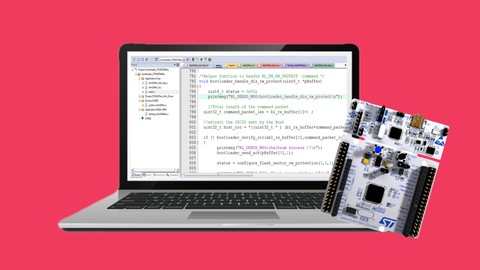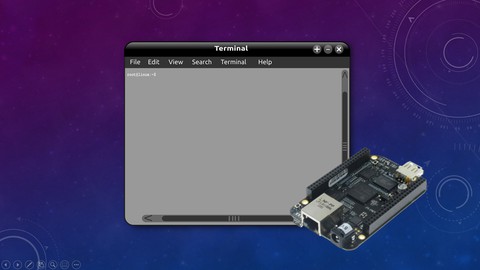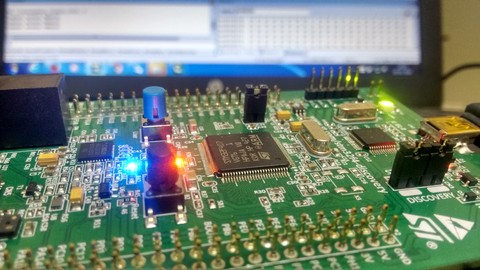
Working with Microservices in Go
Build highly available, scalable, resilient distributed applications using Go
Created by Trevor Sawler | 11 hours on-demand video course
In this course, we’ll develop a number of small, self-contained, loosely coupled microservices that will will communicate with one another and a simple front-end application with a REST API, with RPC, over gRPC, and by sending and consuming messages using AMQP, the Advanced Message Queuing Protocol. The microservices we build will include the following functionality: A Front End service, that just displays web pages; An Authentication service, with a Postgres database; A Logging service, with a MongoDB database; A Listener service, which receives messages from RabbitMQ and acts upon them; A Broker service, which is an optional single point of entry into the microservice cluster; A Mail service, which takes a JSON payload, converts into a formatted email, and send it out. All of these services will be written in Go, commonly referred to as Golang, a language which is particularly well suited to building distributed web applications.
What you’ll learn
- Learn what Microservices are and when to use them
- How to develop loosely coupled, single purpose applications which work together as a distributed application
- How to communicate between services using JSON, Remote Procedure Calls, and gRPC
- How to push events to microservices using the Advanced Message Queuing Protocol (AMQP) using RabbitMQ
- How to eploy your distributed application to Docker Swarm
- How to deploy your your distributed application to a Kubernetes Cluster
Recommended Course
Go Programming (Golang): The Complete Developer’s Guide
gRPC [Golang] Master Class: Build Modern API & Microservices









